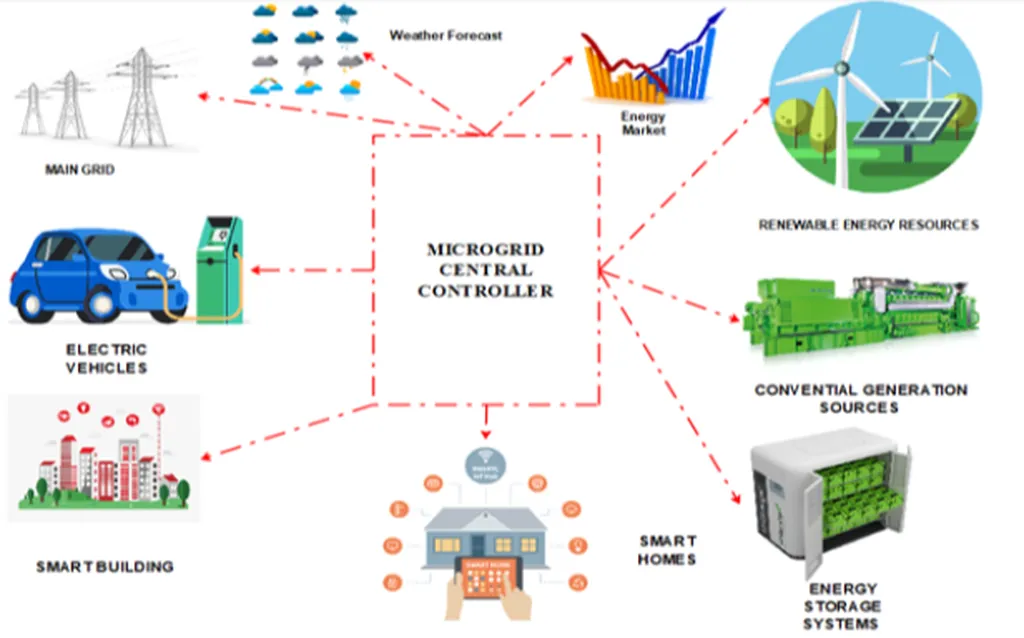In the quest for more resilient and sustainable energy systems, researchers are turning to islanded microgrids as a promising solution, particularly in remote or isolated areas. A recent study published in the journal “Engineering Results” (formerly known as “Results in Engineering”) sheds light on how integrating wind energy into these microgrids can be optimized for better power distribution and stability. The research, led by Md Ismail Hossain from the Department of Electrical and Electronic Engineering at the American International University-Bangladesh and the Research Centre for Green Energy, Electro-Anatomy, and Digital Intelligence (ReGED), offers a fresh perspective on enhancing the performance of islanded microgrids.
The study focuses on the integration of renewable energy resources, specifically wind and solar power, into islanded microgrids. These microgrids, which operate independently from the main power grid, face unique challenges in maintaining stability and efficient power distribution. Hossain and his team explored the effectiveness of advanced control strategies, including droop control, damping loops, and virtual impedance control, to optimize power-sharing, system steady-state, and transient frequency control.
One of the groundbreaking aspects of this research is the development of a hybrid control structure that combines differential droop control and damping-loop control. This innovative approach aims to achieve greater steady-state transient stability and faster convergence to steady-state power output. “Our hybrid control system facilitates optimal power sharing among the distributed generators, limits frequency swings, and ensures balanced reactive power through rigorous simulation and real-time distribution of power,” Hossain explained. This not only stabilizes grid operation but also enhances the overall reliability of the microgrid.
The study also utilized HOMER Pro simulation software to conduct an economic analysis, providing insights into the cost-effectiveness and operational feasibility of hybrid renewable systems. This economic perspective is crucial for the commercial viability of such technologies, as it helps stakeholders understand the long-term benefits and potential return on investment.
The integration of battery storage and wind energy was also examined, highlighting how these technologies impact the performance of islanded microgrids. The findings suggest that the hybrid control system can significantly improve the stability and efficiency of these microgrids, making them a more attractive option for remote and isolated communities.
The research builds upon a growing body of knowledge concerning renewable microgrids, with a specific emphasis on dynamic stability and cost-efficient energy delivery. As Hossain noted, “The numerous available literature materials on renewable microgrids contributed to innovative approaches to enhancing the performance of islanded systems.” This study not only advances our understanding of these systems but also paves the way for future developments in the field.
For the energy sector, the implications of this research are substantial. As the world moves towards more sustainable and decentralized energy solutions, islanded microgrids with integrated renewable energy sources could play a pivotal role. The enhanced control strategies and economic insights provided by this study offer valuable guidance for engineers, policymakers, and investors looking to optimize power distribution and stability in these systems.
In conclusion, the research led by Md Ismail Hossain represents a significant step forward in the optimization of islanded microgrids with wind energy integration. By combining advanced control strategies and economic analysis, the study provides a comprehensive approach to improving the performance and viability of these systems. As the energy sector continues to evolve, the insights gained from this research will be instrumental in shaping the future of sustainable and resilient energy solutions.

